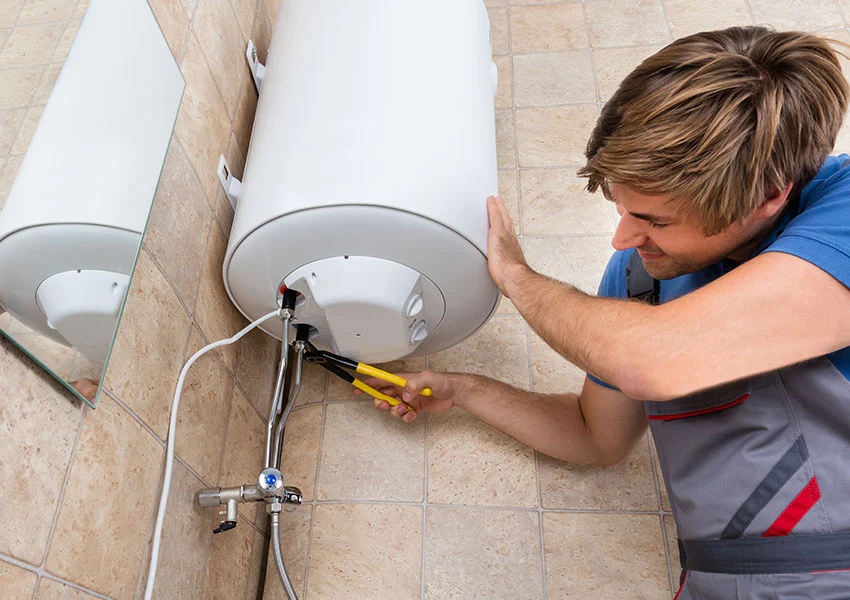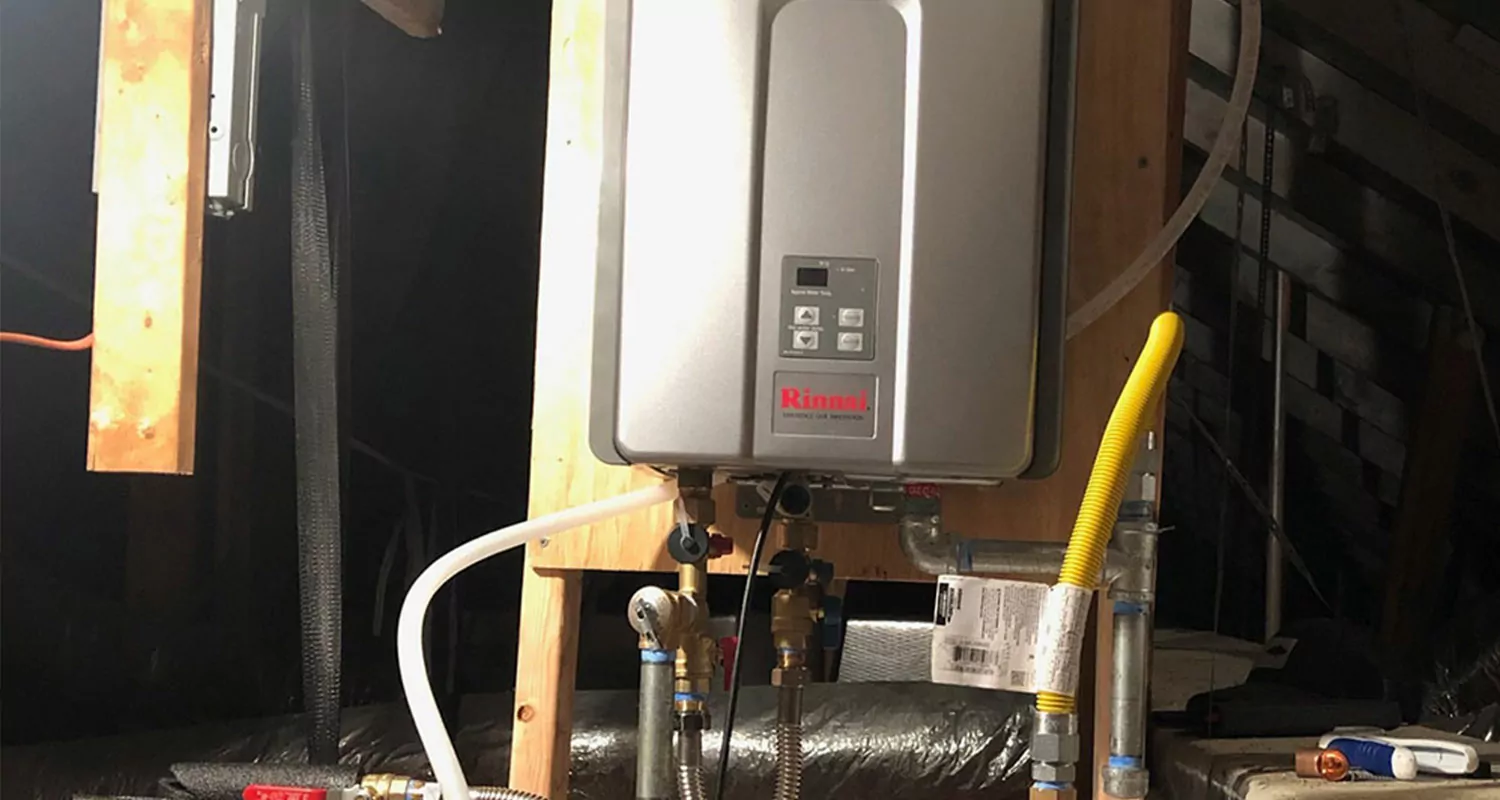Ensuring Longevity of Your Home's Hot Water System: Maintenance Advice
Ensuring Longevity of Your Home's Hot Water System: Maintenance Advice
Blog Article
They are making a number of good pointers regarding What Kind of Maintenance Do Water Heaters Need? overall in this post which follows.

Hot water is crucial for everyday convenience, whether it's for a refreshing shower or washing recipes. To guarantee your warm water system runs successfully and lasts much longer, routine maintenance is key. This post gives useful pointers and insights on exactly how to keep your home's hot water system to prevent interruptions and costly repairs.
Introduction
Keeping your home's warm water system could appear daunting, but with a few straightforward actions, you can ensure it operates smoothly for many years ahead. This overview covers everything from understanding your hot water system to do it yourself upkeep ideas and understanding when to call in expert assistance.
Relevance of Maintaining Your Hot Water System
Routine upkeep not only expands the life expectancy of your warm water system however additionally guarantees it operates effectively. Disregarding upkeep can lead to decreased effectiveness, higher energy costs, and also early failing of the system.
Signs Your Hot Water System Needs Maintenance
Knowing when your warm water system requires focus can protect against significant concerns. Keep an eye out for indicators such as irregular water temperature, strange noises from the heater, or rusty water.
Flushing the Water Heater
Purging your hot water heater removes sediment build-up, boosting performance and lengthening its life.
Monitoring and Changing Anode Rods
Anode rods protect against deterioration inside the container. Checking and changing them when worn is important.
Complicated Issues Needing Expert Help
Instances include major leakages, electric issues, or if your hot water heater is regularly underperforming.
Routine Professional Upkeep Perks
Expert maintenance can consist of thorough examinations, tune-ups, and making certain conformity with safety standards.
Evaluating and Changing Temperature Settings
Readjusting the temperature setups ensures ideal efficiency and security.
Do It Yourself Tips for Maintenance
You can perform numerous upkeep tasks on your own to keep your hot water system in leading problem.
Checking for Leakages
Routinely examine pipes and links for leaks, as these can result in water damages and greater expenses.
Understanding Your Hot Water System
Prior to diving right into upkeep jobs, it's handy to recognize the basic parts of your hot water system. Typically, this includes the water heater itself, pipelines, anode rods, and temperature controls.
Month-to-month Maintenance Tasks
Normal regular monthly checks can assist catch small concerns before they rise.
Evaluating Pressure Alleviation Valves
Evaluating the stress safety valve ensures it works properly and prevents too much stress accumulation.
Insulating Pipes
Shielding hot water pipes minimizes heat loss and can conserve power.
When to Call an Expert
While do it yourself maintenance is advantageous, some concerns require specialist competence.
Conclusion
Routine upkeep of your home's warm water system is crucial for efficiency, longevity, and cost financial savings. By adhering to these tips and recognizing when to seek professional assistance, you can make sure a trusted supply of warm water without unanticipated disturbances.
How to Maintain an Instant Hot Water Heater
Before tinkering with your hot water heater, make sure that it’s not powered on. You also have to turn off the main circuit breaker and shut off the main gas line to prevent accidents. Also turn off the water valves connected to your unit to prevent water from flowing into and out of the appliance. 2. When you’re done, you have to detach the purge valves’ caps. These look like the letter “T†and are situated on either side of the water valves. Doing so will release any pressure that has accumulated inside the valves while at the same time avoid hot water from shooting out and burning your skin. 3. When the purge valves’ caps are removed, you have to connect your hosing lines to the valves. Your unit should have come with three hoses but if it didn’t, you can purchase these things from any hardware or home repair shops. You can also get them from retail stores that sell water heating systems. Read the user’s manual and follow it to complete this task properly. When the hosing lines are connected, open the purge port’s valves. 4. You should never use harsh chemical cleaners or solutions when cleaning your unit. Make use of white vinegar instead. It should be undiluted and you’ll probably use about 2 gallons. 5. Now flush your water heater. This task should probably take about 40 minutes. We can’t give you specific directions for this because the procedure is carried out depending on the type, model and brand of your heater. With that being said, refer to the user’s manual. 6. When you’re done draining the unit, you have to turn off the purge port valves again. Remove the hosing lines that you earlier installed on each of the water valves. Put the valve caps (purge port) back in their respective places and be very careful so as not to damage the rubber discs that are found inside these caps. 7. Now that everything’s back in place, check your user’s manual again to find out how to reactivate your water heating system. 8. Once it is working, turn one of your hot water faucets on just to let air pass through the heater’s water supply pipes. Leave the tap on until water flows smoothly out of it. https://www.orrplumbing.com/blog/2014/september/how-to-maintain-an-instant-hot-water-heater/

I was made aware of that editorial about Water Heater Maintenance Tips You Can't Afford to Forget through a buddy on another website. Liked our review? Please share it. Help other people find it. Thanks for taking the time to read it.
Book Report this page